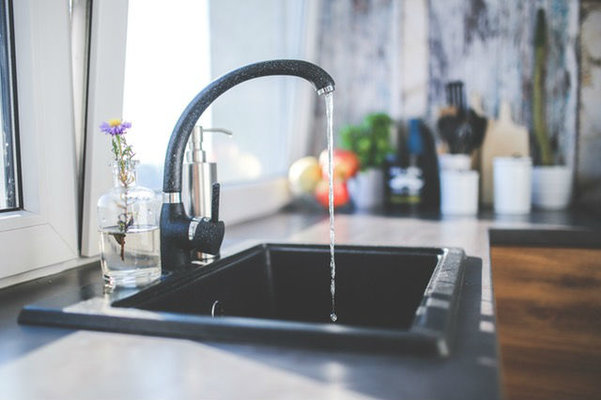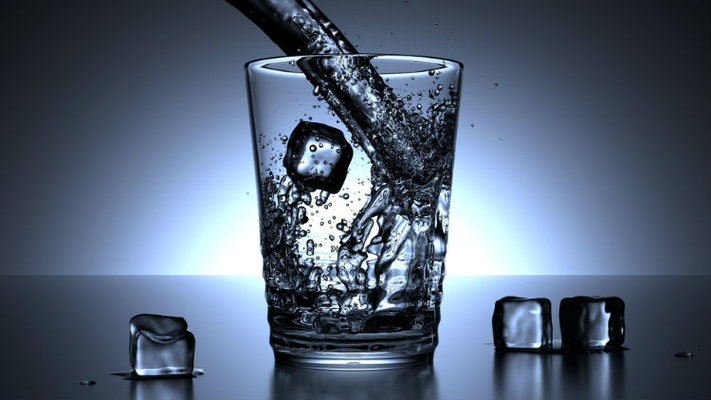In most U.S. households, it’s no big deal to get up in the middle of the night for a drink of water. It happens to many of us, and we don’t give it much of a second thought. Despite some notable recent exceptions, there is an abundance of clean and safe drinking water in this country.
But do you really know where your drinking water comes from? Do you know about the infrastructure needed to deliver water to millions of homes each and every day?
And do you know that, that very infrastructure is crumbling before our eyes?
There are many causes worthy of activists’ and politicians’ time, but drinking water should be near the top of the list — look no further than Flint, Michigan, for reasons why.
Here is a look at the state of the drinking water infrastructure in the U.S. and what you can do to raise awareness of the issue.
An Overview
For many people, the water infrastructure issue came to the forefront during the crisis in Flint, where water from the Flint River was 19 times more corrosive than water from Detroit. The state Department of Environmental Quality violated federal law by not treating the river water with an anti-corrosive agent, according to a class-action law suit.
Early last year, then-president Barack Obama declared a state of emergency in Flint, authorizing $5 million in aid. The EPA has since awarded $100 million to Flint for water infrastructure upgrades.
The situation in Flint is one example of the country’s crumbling water infrastructure. Six billion gallons of treated water is lost each day due to leaky pipes, and the American Water Works Association (AWWA) estimates that we need $1 trillion to meet demands over the next 25 years.
Further, the AWAA says the water issue affects different regions of the country in different ways. The group says larger investments in water main replacement should take place in the western region of the U.S., followed by the South.
Conversely, the Midwest and northeast regions will require lower investments, though significant investment is still needed.

What Needs to Happen
When a problem is this overwhelming, it’s hard to know where to begin. And the problem is indeed overwhelming — there are 240,000 water main breaks per year in the U.S., or roughly 650 per day.
One potential solution to the problem involves significant investment from the private sector to help rebuild the country’s water infrastructure. In fact, a report from the Bipartisan Policy Center lays out a new model that calls for an increased flow of private capital into U.S. infrastructure projects.
“If we hope to foster the next generation of entrepreneurs that can push our economy forward and maintain our quality of life, we must invest in our infrastructure,” the report reads. “Wise infrastructure investments would create millions of jobs, maintain the health, safety, and security of our communities, and set our nation on track for decades of greater prosperity.”
New technology will also likely play a role in U.S. water infrastructure going forward. The Environmental Protection Agency has previously promoted technology innovation for clean and safe water.
Among the suggestions listed are newer monitoring technologies, such as remote sensing and satellite imagery. The EPA also says there are opportunities for more efficient and cost-effective energy production, which would greatly reduce the amount of water needed in energy production.
What You Can Do on An Individual Level
There are a number of things you can do to help the drinking water infrastructure crisis in the U.S. One way is to get involved directly by volunteering with the AWWA. You certainly don’t need to be a water expert to help — the group seeks volunteers with a wide variety of skillsets outside of water knowledge, such as customer service, research, public information/communications and workforce strategies.
Another way to help the water infrastructure issue is to contact your federal, state or local officials. It may be easy to think that making such calls doesn’t actually help, but you would be wrong. Make your voice heard and get others to do the same. When politicians on all levels hear a consistent buzz about a specific issue, they notice.
The water infrastructure issue won’t be solved overnight, but the earlier you take action the more likely it is you will see changes to make drinking water in this country safe for the foreseeable future.

This Women of Green guest blog is by Megan Ray Nichols. Megan writes about many environmental topics including, renewable energy, conservation and sustainability. She invites you to join the discussion on her own blog, Schooled By Science.
Women of Green is TURNING UP THE VOLUME of the feminine voice on the planet in order to create the world we know is possible.
